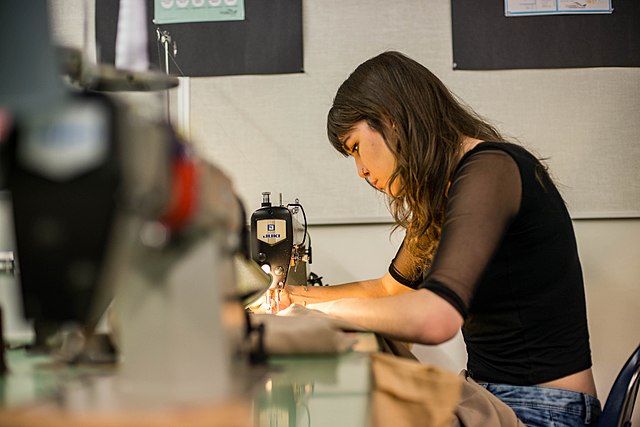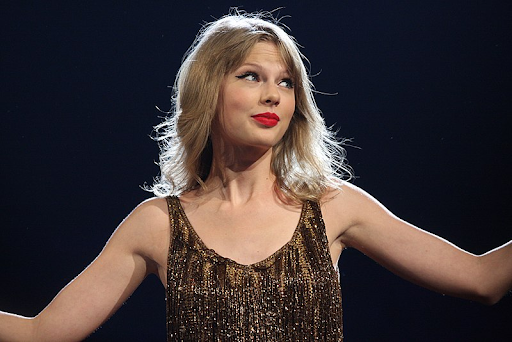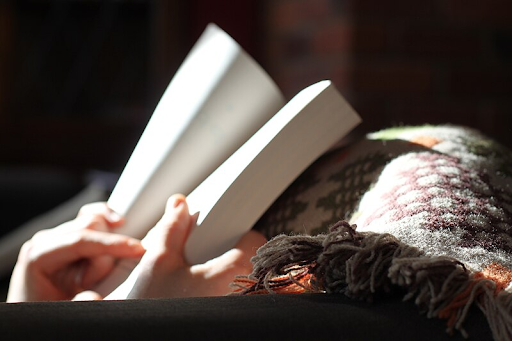If a picture is worth a thousand words, then an art gallery is a storyline.
“Narratives from a Culture in Transition” debuted in the Guilford College Art Gallery on Sept. 4. This exhibit displays Inuit art from artists in Nunavut, Canada’s largest and northernmost territory.
This display showcases Inuit artwork of various mediums, topics and levels of abstraction. Stonework, whalebone, caribou antlers, watercolors and tapestries are only some of the mediums that make this exhibition exciting. The artwork recalls rich Arctic traditions, reflects on the tundra landscape and peers into Inuit mythology.
Terry Hammond, founding director and curator of the Guilford Art Gallery, began researching this project in 2011. Since then, the exhibition has spawned related classes, work-study projects and awareness to the ongoing battle for First Nations’ rights.
“Part of the mission of the art gallery is to promote diverse cultures and to support the academic endeavors of the college,” Hammond said.
And it seems this exhibit will do just that.
For example, on Sept. 11, Associate Professor and Chair of Religious Studies Eric Mortensen will expound on Sedna, the goddess of the sea from Inuit mythology.
According to the mythology, Sedna’s fingers became the sea creatures, the Inuit’s staple of life. When the hunt was poor, Inuits would send shamans, the Inuit middlemen between the natural and the spirit world, to appease Sedna. The Inuit believe that Sedna would then provide sea creatures for their livelihood.
On Oct. 24, Mortensen will compare Inuit religion with other shamanistic religions. This event will be held at 7 p.m. in the Art Gallery.
Art is a reflection of humankind’s cultural reality. That being said, this comprehensive event would not be complete without speaker Aaju Peter.
Peter certainly isn’t your typical mother of five; she is an Inuit activist who performs music, designs modern seal clothing, translates and recently earned a law degree. In 2012, she was named to the Order of Canada for promoting Inuit language and culture.
She has also been advocating that seal skins be sold more widely. Currently, the EU allows seal skins to be used only for cultural purposes, but not commercial purposes.
“It will have a devastating effect; it already has on the hunters,” said Peter to “This” magazine. “They normally would get $60 to $90 for a skin. Now they get about $5. The cost of living is very high in the Arctic. They won’t be able to get enough money to sustain their families.”
Peter will speak in the Carnegie Room in Hege Library at 7:30 p.m. on Sept. 20.
To offer insights on the works on cloth in the exhibition, Canadian Art Historian Marie Bouchard will present about this unique art form in the Leak Room in Duke Memorial Hall on Nov. 1 at 7:30 p.m.
Bouchard has curated exhibitions for Inuit art across Canada, the United States and Japan. She is an independent art curator who has lived in Baker’s Lake for 11 years.
“I’m excited to see a new art exhibit from a different cultural perspective I have not seen before,” said sophomore Nina Troy.
This event is highly anticipated, and it will work to expand Guilford’s horizons, particularly northward towards Canada and the Inuit.












